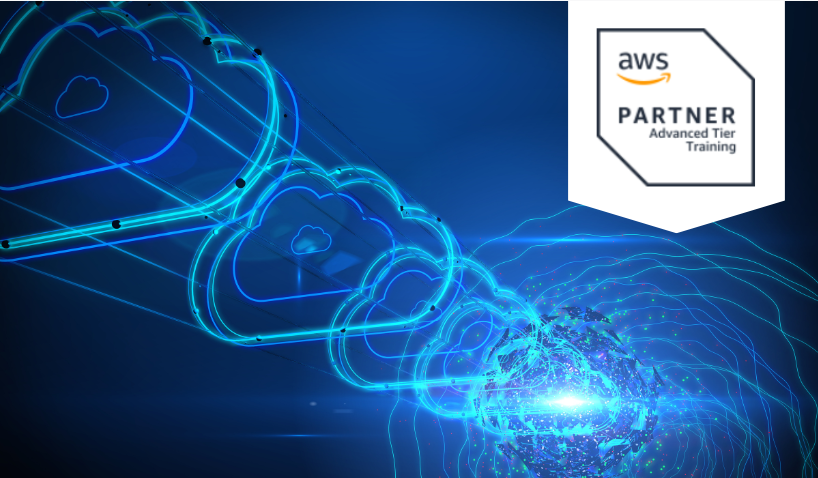Evaluate the relationship between Amazon Redshift and other Big Data systems
Evaluate use cases for data warehousing workloads and review real-world implementation of AWS data and analytic services as part of a data warehousing solution
Choose an appropriate Amazon Redshift node type and size for your data needs
Understand which security features are appropriate for Amazon Redshift, such as encryption, IAM permissions, and database permissions
Launch an Amazon Redshift cluster and use the components, features, and functionality to implement a data warehouse in the cloud
Use other AWS data and analytic services, such as Amazon DynamoDB, Amazon EMR, Amazon Kinesis Firehose, and Amazon S3, to contribute to the data warehousing solution
Evaluate approaches and methodologies for designing data warehouses
Identify data sources and assess requirements that affect the data warehouse design
Design the data warehouse to make effective use of compression, data distribution, and sort methods
Load and unload data and perform data maintenance tasks
Write queries and evaluate query plans to optimize query performance
Configure the database to allocate resources such as memory to query queues and define criteria to route certain types of queries to your configured query queues for improved processing
Audit, monitor, and receive event notifications about activities in the data warehouse by using features and services such as Amazon Redshift database audit logging, Amazon CloudTrail, Amazon CloudWatch, and Amazon Simple Notification Service (Amazon SNS)
Prepare for operational tasks such as resizing Amazon Redshift clusters and using snapshots to back up and restore clusters
Use a BI application to perform data analysis and visualization tasks against your data


